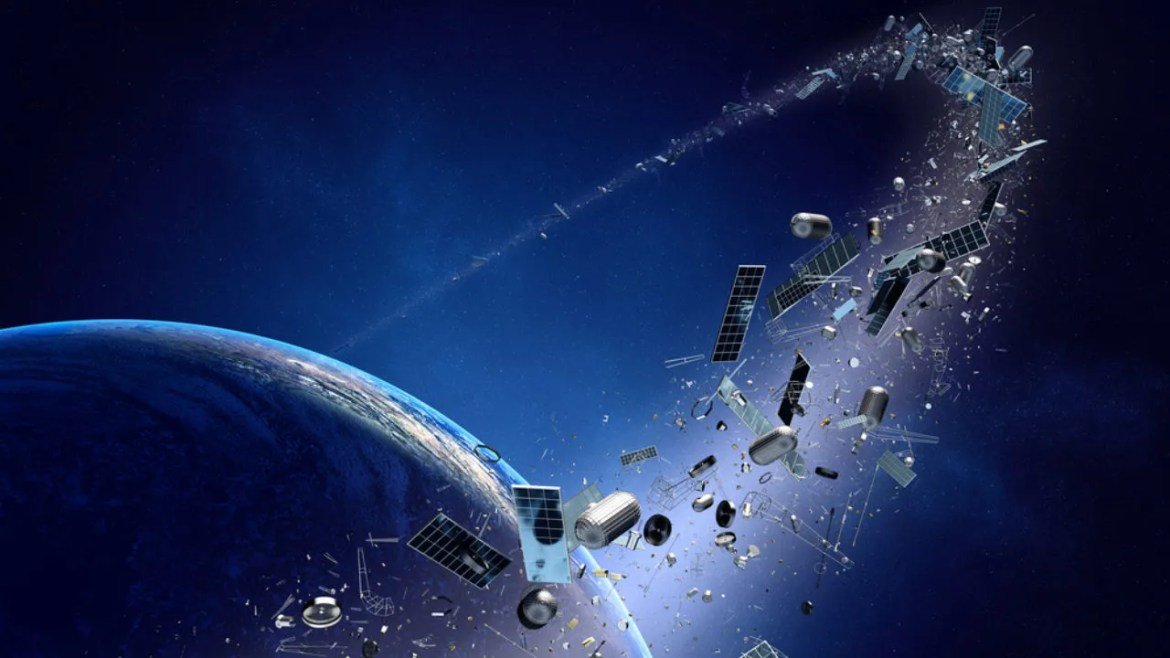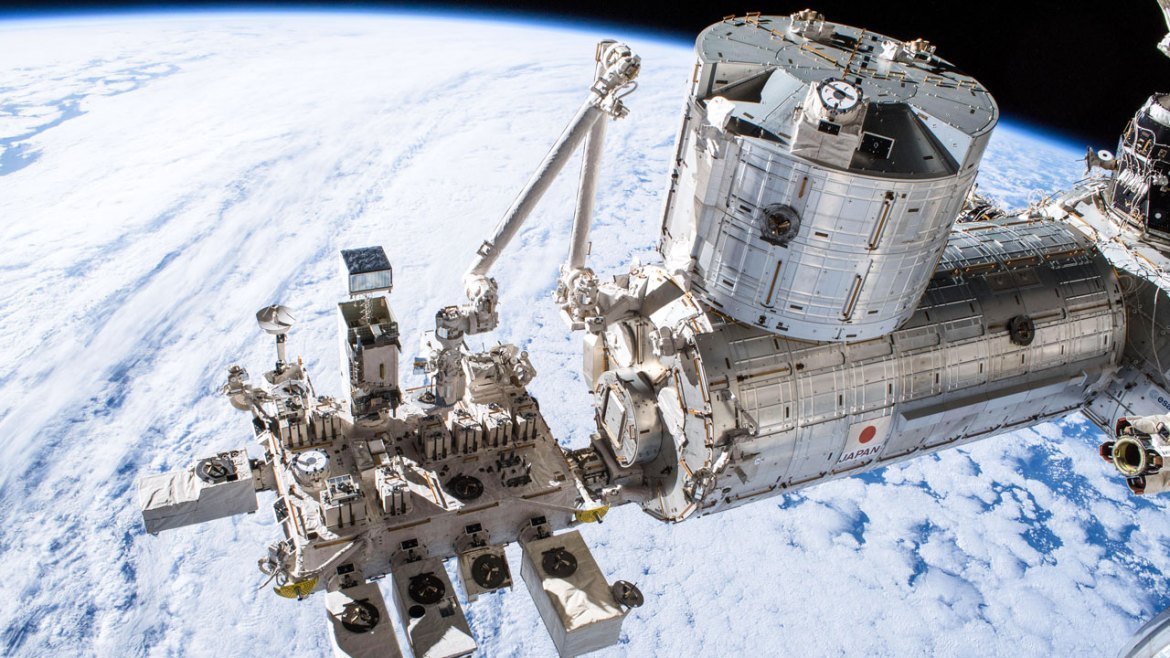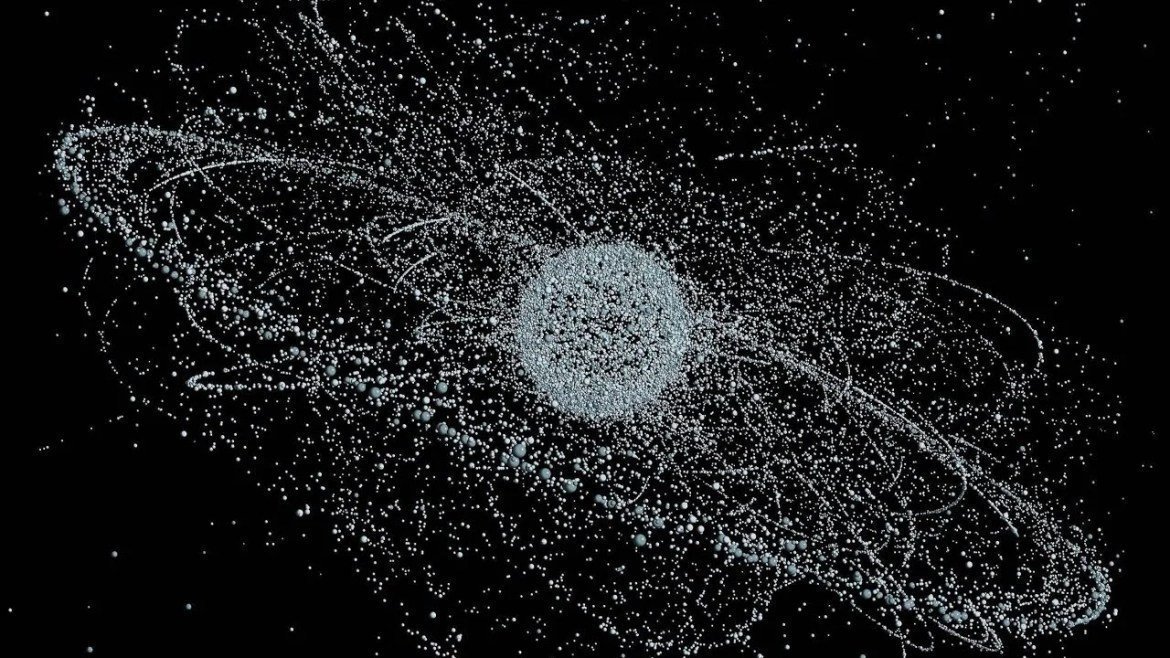It is getting harder and harder to get out of our planet’s atmosphere every day because of space junk. From decaying satellites to rocket fragments, there are tens of thousands of large and millions of small fragments floating around in our orbit like rags. According to a statement made by NASA, the International Space Station is currently grappling with this threat.
The International Space Station has made an evasive maneuver!
It is estimated that the piece, which broke off from an old Chinese weather satellite and moves in orbit, will pass within a few hundred meters of the International Space Station. Space junk like this has become an increasingly routine procedure. For this reason, an action called “space debris avoidance maneuver” was planned to avoid collision.

Preliminary calculations show that space junk will arrive within 1,970 feet (600 meters) of the International Space Station at around 8pm on Thursday, November 11. This distance is said to be too close to risk. Therefore, at 3 pm today, the International Space Station was moved further away from its location.
A NASA spokesperson said in an e-mail:
The probability and risk of the said piece of satellite hitting the International Space Station is now very low. This maneuver was also a completely standard space station action. In addition, the crew did not have to take any special action.

The International Space Station has performed 29 evasion maneuvers in the last 22 years, three of which are in 2020. The most recent one was made on September 22, 2020, as space debris from a Japanese rocket would pass within about 1.4 kilometers. These numbers are expected to increase in the coming days. Therefore, the systems provide protection against dangers by constantly scanning the environment of the ISS.
Getting into space will get harder and harder!
These satellites and rockets, which move at an average speed of 28 thousand kilometers per hour, become dangerous members of the space junk when their lifespan ends, when they fail or are destroyed by an accident. Since it is relatively easy to detect tens of thousands of large debris, precautions can be taken some time in advance.

For this reason, it is said that the real danger is these pieces of micro-debris, whose dimensions do not exceed a human tooth, that move at least 60 times faster than lead, that are almost impossible to detect, and their number reaches hundreds of millions. For this reason, it is said that all rockets sent into space in the 2030s will be at risk, and each rocket that explodes may make the space junk even more dangerous.
Scientists continue to work on this issue. So we are not completely helpless. However, since the developed net and magnet-based systems are still in the prototype stage, no cleaning process can be done at the moment. Therefore, even when countries and companies want to send the smallest satellite into space, they repeatedly work on various simulations against the problems they may encounter.
What do you think about this subject? Don’t forget to share your views with us in the comments!